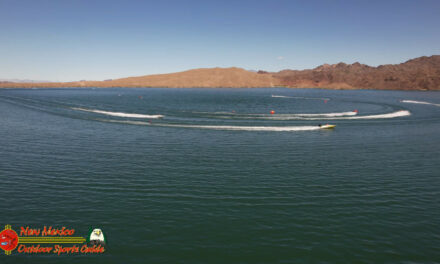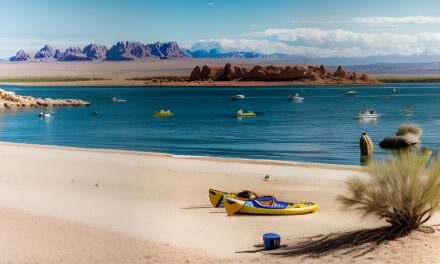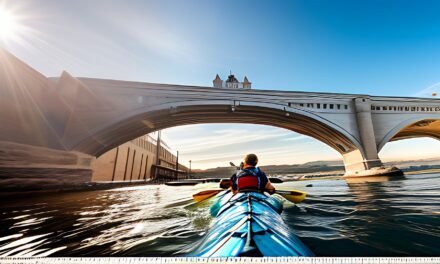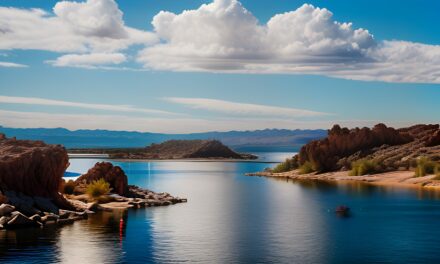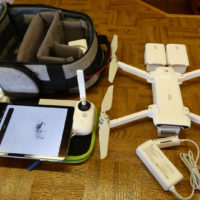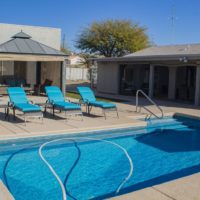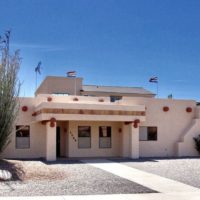Living on Lake Livingston for the past six years has lead me to several understandings about bass fishing and this lake itself….change. Because of the “change” that I am referring to this lake sometimes gets a bad rap from bass fishermen who visit it occasionally. Being that the massive Trinity River feeds this lake and that there are a number of substantial feeder creeks, change is common. Rainfall is the most dominating factor of change for Lake Livingston. Heavy rains north of the lake along the Trinity River, including as far north as the Dallas area can almost demolish efforts to catch black bass on the north end of the lake. Heavy local rains can dirty up the creek backs and within a few days a whole creek can be unfishable. The bad rap from fishermen comes from when they visit the lake and catch fish, some given time they come back under the same conditions but rains have moved their fish up or down the creek in search of clear water. Their prior information is almost worthless and locating fish starts over.
Learning to deal with this lake is really very simple however you have to consider the whole lake to understand it. The easiest black bass to catch are in the major feeder creeks, smaller tributaries, and ditches that feed both. In these areas the fish that are in the clearest emerald green water are the ones that I target. My information is somewhat biased because I live on the north end of the lake where rainfall affects the lake most. The creeks on the north end are long and some of them can be traveled for miles. This allows for bodies of clear water even during periods of heavy rainfall.
Rule 1. Local rainfall dirties up the backs of the creeks first and then water moves toward the mainlake at a speed relevant to the amount of rainfall. If there is a heavy rainfall then the main channel of the creek may be wiped out, however up and down the creek there are small ditches and draws holding pockets of clearwater. These ditches and draws hold clear water even though the creek they feed is dirty because they receive very little run off and/or there is a silted in sandbar at their mouth that acts as a buffer to the dirty water.
Rule 2. Heavy rains upriver will bring muddy water down and cause the river, the jungle, and much of the main lake above the 190 bridge to be off color. If the major creeks were in good shape to start with they will remain that way unless the river just keeps pumping in some astronomical amount of muddy water. Sure the river and main lake will be dirty and the off colored water will trying to push into the creeks but most of the creeks are lengthy. The off colored water usually does not push very far into the bigger creeks unless the lake is on severe rise and even if it is it takes time and is not something that happens to a big creek overnight.
Rule 3. If the lake has been in good shape and suddenly there are heavy local rains and there is dirty water on the way down the river from heavy rains up north there will be some fishable water. Somewhere between the mainlake and the backs of the creeks there will be bodies of clear water in the creek channels along with pockets of clear water in the ditches and feeder creeks. This clear water may be temporary but is usually loaded with bass seeking clean water.
There are hundred of scenarios we could draw up and have rules for. These three rules are very general, however they are very true and given to you through my own experience living here on the lake.
Last November when the BassMaster Tournament Trail came to this lake it was just after the major flood that we had in October. The lake had been flooded and had not recovered from the heavy rains. Rick Clunn summed up the lake evaluation during the tournament by saying, “What the rains have done is made a very large lake very, very small.” Meaning that all of the BassMasters were concentrated in the clear water pockets that were scattered up and down the lake.
During periods and rainfall, clear water with a dark emerald green color is the ticket. This lake is an excellent lake to fish during the Fall. Most of the tournament trails are complete except for the classic in a few trails and this would be a good time to make a trip to Lake Livingston and practice flipping, cranking, spinnerbaiting, and topwater.
Bill Cannan Professional Fishing Guide – Lake Havasu
– Lake Havasu



